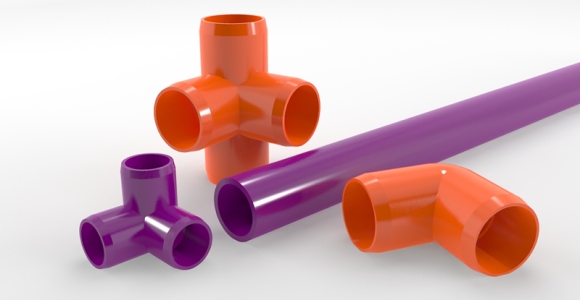Last month my Voce colleague Andy Stolzfus published a great post last month about content marketing and how whatever it is that we call it this year, it comes down to telling an intriguing and interesting story in a way that reaches the audience. From his summation:
The process of getting your story to those audiences involves many different types of pipes, but the expertise of filling the right pipes with the right substance at the right time is not going away. In fact, with so much noise to cut through, that is only going to grow in importance.
I agree with what Andy has to say about overall strategy and approach. It goes back to what I’ve said repeatedly, that platforms are tactics in service of a larger-scale strategy. So people who say “What’s our Twitter strategy” are too tied to one platform, while those who approach it saying ‘What’s our micro-publishing strategy” are better prepared for when Twitter pivots or some new platform emerges.
But his post got me thinking again about what we *call* the pipes content moves through. I’m not talking about the series of tubes that is the internet, I’m thinking more broadly.

Consider this: The word “book” describes both the content and the form factor of pages bound between covers. “TV” describes both the box that displays images and the shows that are broadcast. And don’t get me started on “record.”
Now it’s tempting to lump this all under the generic “content” but to Andy’s point that term in and of itself is still only vaguely defined at best. And the old terms are becoming woefully outdated. Am I watching a “TV show” if it’s a 53-minute episode of a Netflix-original production that I watch on my Chromebook? Is it a “book” if it’s something I read on my Kindle? Is it a “podcast” if it’s not delivered via RSS? These are the questions that keep me up at night.
There’s no clear answer here, at least not that I can come up with. Terminology is always changing. In six months we may turn around and find that everyone is calling blogs (remember those?) by something completely new. It was a slow change we didn’t notice as it was happening but…there it is.
I do, though, think we’re going to have to start chunking up our terms by media, with one set for digital, one set for physical and one set for broadcast. We will need to use words that encompass not just the content we’ve consumed but also the manner in which we’ve done so.
How does this play out in practice? I think we need to go back to broader, more inclusive words that are somewhere between “content,” which is overly broad and terms that confuse media with medium. Here are my suggestions
Visual Media
- Movie – This still works since it’s not tied to the medium it’s delivered through. But we need to move away from the term “film” since it denotes a format that isn’t even applicable for most theatrical presentations any longer.
- Show -Works for “Orange is the New Black” and “Fresh Off the Boat” regardless of whether you’re watching via Netflix, through a cable subscription or as an iTunes or Amazon download. We also need to rethink “season” since it has connotations that are tied to a release calendar that’s not universally in place. The BBC’s “series” term for a group of episodes of a show actually works really well since it describes both traditional linear distribution and something like Netflix’s single release of a dozen episodes.
Read Media
- Novel/Short Story/Novella – These work because they describe the content but not the delivery form factor. A “book” is what your shelves are filled with. A “novel” is a long story that can be read in print, on your Kindle or Nook or as a series of posts by an author on Medium. Similarly for the other terms.
- Article – Is a story on Vox a blog post? Is a blog post that’s 15,000 words an article? What does “column” still mean? Is a story on Medium or Tumblr a blog post when they’re not traditionally referred to as blogs? “Article” covers a lot of this and applies whether we’re reading something online or in print and whether it appears on Medium, Newsweek.com or in the print version of the Chicago Tribune.
Audio Media
- Show – This works whether you’re listening to terrestrial radio broadcasts, downloaded audio (e.g. podcasts), satellite broadcasts or any combination thereof. “I heard on the For Immediate Release show” denotes the same activity as “I heard on the Paul Harvey show.”
Now to be clear, I’m not saying we still don’t need to use descriptors for the medium in play, the pipes all this content flows through. We still need to specify whether we’ve been listening to the radio or that we were using the television set or what have you. But, back to the initial point, the media that flows through those pipes need consistent terms that aren’t also confused for the pipes themselves.
I’m curious as to what your thoughts on this are. Leave a comment below or hit me up on Twitter and share your suggestions or points where you think I’m way off base.
